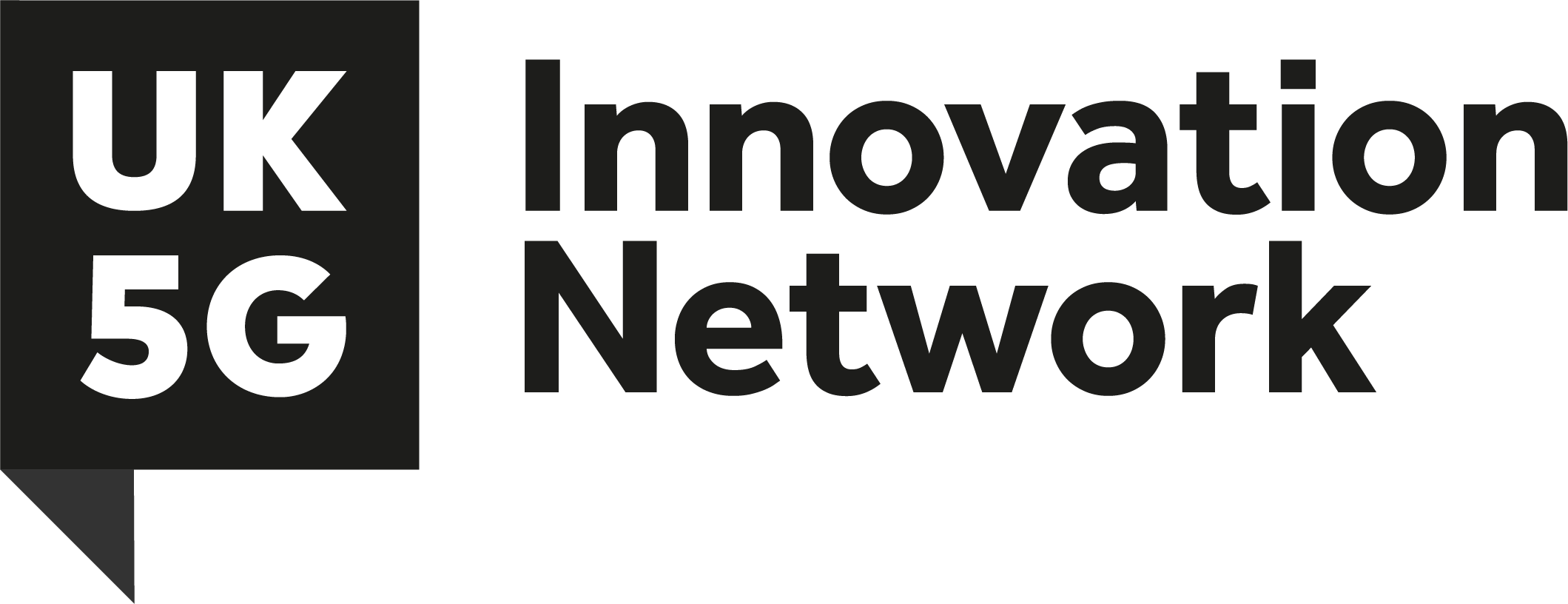This blog is co-authored by Hamish Stewart, Director of Business Development at University of Edinburgh and Sarah Scace, Director of Marketing and Communications at pureLiFi.
It’s possible to trace the evolution of civilisation to humans’ ability to control light.
Harnessing artificial light – first by way of flames, and later with the invention of the incandescent lightbulb and its descendants – has allowed people to work outside of the bounds of dusk and dawn, and in environments untouched by the sun’s rays.
Today, thanks to something called ‘LiFi’, we’re witnessing a new development in the way light will change how the world works.
The term was first introduced in 2011 by Professor Harald Haas, then the technology has been the subject of growing intrigue in the intervening years.
But just what is LiFi?
LiFi is a bi-directional, high-speed, wireless, light-based communication technology that uses light waves to deliver data.
Put more simply, it’s a communication technology that uses the light spectrum to carry information – as opposed to the predominant method of using radio frequencies.
Information is transmitted from solid state lighting devices (namely, LED bulbs and lasers) to receivers called ‘photodetectors’ that are able to convert light into electrical signals.
In this way – using transmitters and receivers to pass and collect information – LiFi is like any other wireless communication system.
It differs from existing systems such as Wi-Fi in offering a communication spectrum that’s thousands of times greater than that offered by radio waves. This provides access to much higher data transfer rates.
The immediate significance of this is that LiFi skirts the growing issue of ‘spectrum crunch’ being experienced by operators who are dependent on the limited availability of radio wave spectrum and bandwidth.
Spectrum crunch will only grow in severity as the demands of digital data communications increases.
Moving over to a light-based system will provide access to higher bandwidths, higher data rates, and alleviate the need to squeeze ever more data into the sparsely available radio spectrum.
LiFi also helps industries that struggle with using radio frequencies such as industrial manufacturing environments, hospitals or defence as LiFi inherently secure and eliminates challenges with interference. For example, LiFi is an ideal solution for the needs of industry 4.0 – in which automated manufacturing environments, for instance, will enjoy faster, more reliable connectivity that doesn’t interfere with radio networks.
However, these are relatively short-term benefits.
As the future unfurls, we’ll also see the technology producing grander rewards.
Next generation technologies such as AR, VR, and machine learning won’t be hamstrung by limitations in computational capacity, data, or low connectivity.
With every single light source being able to provide high speed connectivity, computational capacity, and stored data (essentially functioning like a small computer), it’s possible to deliver applications that would previously have been undreamt of.
So what can this new technology bring to the rural and remote areas that are the focus of the 5G RuralFirst project?
With collaboration between company pureLiFi and the LiFi Research and Development Centre (LRDC) at the University of Edinburgh, LiFi will play a role in a number of the 5G RuralFirst use cases, but primarily will be a method of extending connectivity to hard-to-reach properties on Orkney – including homes, schools and businesses.
LiFi provides a solution that doesn’t involve digging up the ground to lay miles of fibre cabling. These networks will tackle the digital divide head on by providing more dense, full coverage connectivity.
We’ll be aiming to prove that LiFi can be integrated into a 5G system that provides connection speeds comparable to – if not better than – those already enjoyed by urban dwellers.
What’s more, by combining our photodetectors with solar panelling on buildings we’ll explore the potential of LiFi to merge industries: blending not just lighting with communication, but also energy supply.
This exploration of new possibilities is just part of the reasons why LiFi offers such an exciting prospect. It’s still a relatively new technology, and we’re only just scratching the surface of what it can achieve at the moment.
Our work represents a first foray into LiFi being used in a publicly available network (until now, its use has been mostly confined to enterprise, and industrial environments), and the 5G RuralFirst project presents the ideal environment in which to dig into these endless possibilities.


